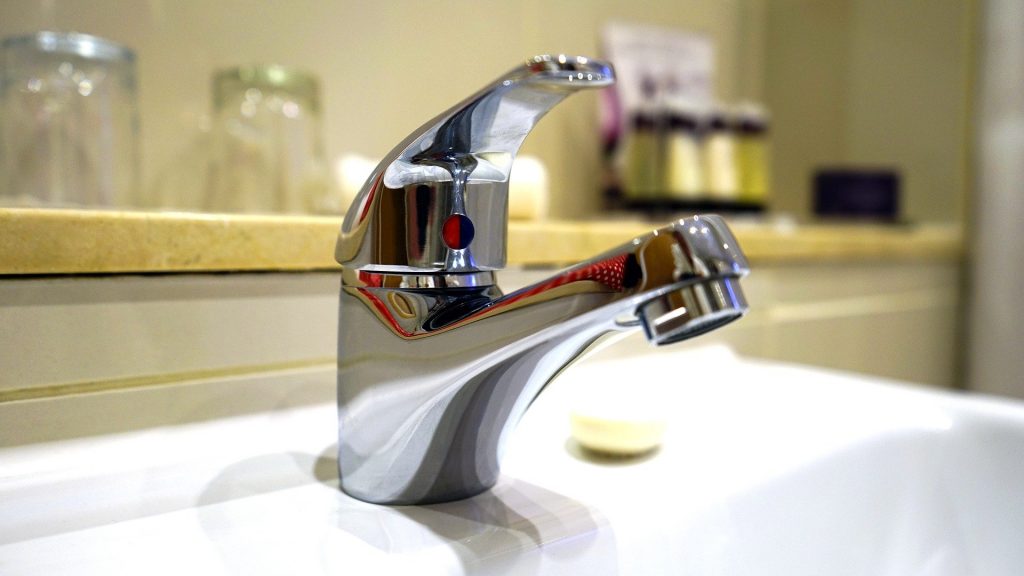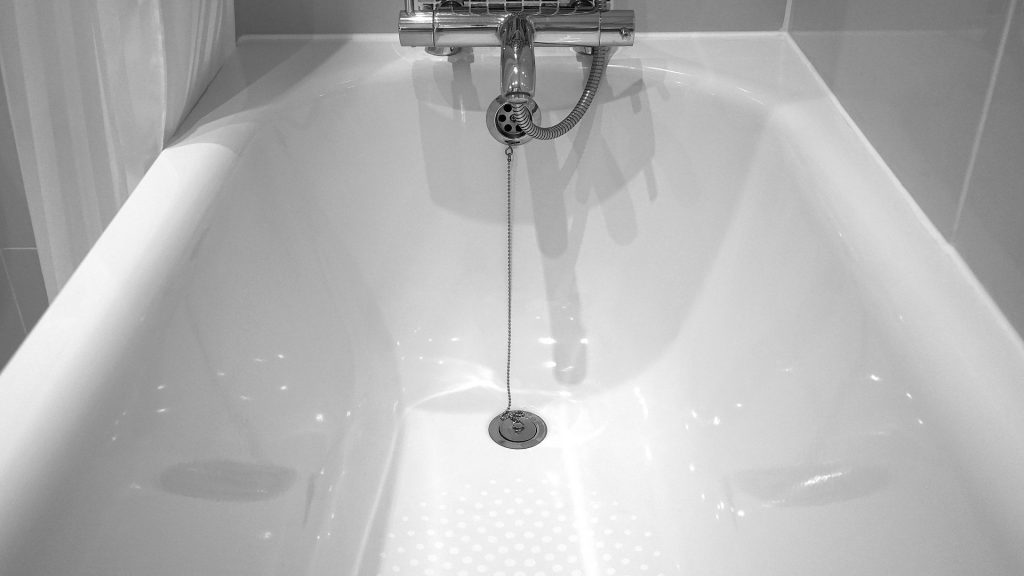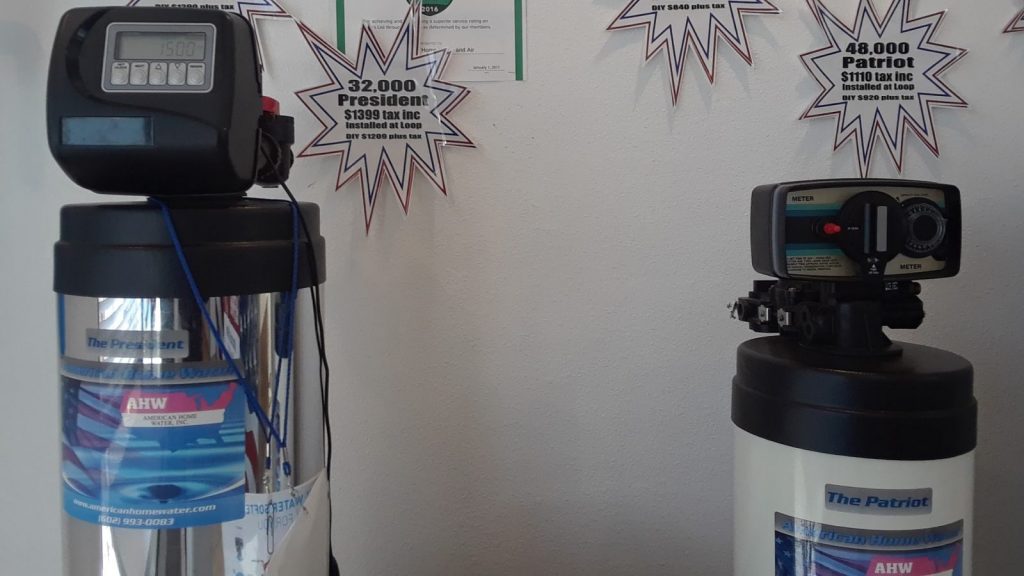Water softeners are the kind of appliance that needs to be working at all times. However, even with the top water softeners in the market and regular maintenance schedules, you will eventually need a new one. Different signs can tell you whether you need a water softener replacement or repair, and we will teach you how to identify them.
Having a water softener at home is essential if you want to improve your water quality without all those hard water minerals that can impact your health. If you take care of it, a water softener can last from 10 to 15 years. Keep in mind several factors can influence the lifespan of your water softener, such as water hardness and usage.
Every year the efficiency of your water softener will reduce about 1 to 2%. If you purchased your appliance a decade ago, it might be time to consider a water softener replacement. Especially if you start noticing soap spots in your glassware, or if your skin gets itchy due to the water in your home.
You must never assume a replacement is the only option. Sometimes your device might just need valves cleaning, more salt on the brine tank or new resin. Make sure you do a complete inspection before deciding you need a water softener replacement. To help you, we have put together a guide on all the things you need to know about water softener replacement.
When to replace a water softener?

When there are growing scales in your tub’s surfaces or your laundry becomes more difficult to clean, those are clear indicators that you need to go and check what is wrong with your water softener. Most of the problems you will be able to fix, but you can contact the top experts in the industry if you feel lost.
In this guide, we will talk about other types of signs apart from the common ones, which will indicate when to replace your water softener.
No lather in your wash
This is a great way in which you can tell if your water softener is working. When you have a soft water supply, it will be easy to create bubbles when you are showering, and you won’t need much shampoo to create lather in your hair. If that doesn’t happen and you need to use more soap or shampoo, you are probably getting hard water instead of soft.
Doing laundry is a headache
If your washing machine requires frequent repairs through the year, that can be a sign that hard water is damaging it, and that’s when you should verify if you need a water softener replacement.
Other indicators can be your laundry’s appearance after washing it and the lather amount during the cycle. Keep an eye for yellow or stiff laundry and also if it is harder to eliminate the stains. To know if there is a lack of lather, you can simply stop your washing machine in the middle of the cycle, and if there is not a regular amount of bubbles. Then your water softener is not working as it should.
Residue buildups in your pipes
Often if you have hard water in your area and you don’t have a water softener, you will notice that your pipes have crusty material around them. Even though most people don’t pay attention to it and classify it, as usual, we are here to tell you it is not.
Hard water is full of calcium and magnesium minerals, which produce those buildups around your pipes and faucets. That’s why next time you are cleaning your kitchen or your bathroom, you should inspect these places. In case you encounter this chalky material, it means your water softener needs some maintenance, or it is time to buy a new one.
Bad water taste
If you had experience with hard water before, you could have noticed it tastes different compared to soft water. This is because the minerals that cause hardness in water are eliminated and replaced with sodium, this does not mean its salty water, but it does change how water tastes.
A big warning sign that your water softener needs servicing or a complete replacement is when you drink tap water from your kitchen, and suddenly the taste changes. Beware that this will only work if you don’t have another filter installed in your kitchen. For instance, if you have a reverse osmosis filtration system in your kitchen, you will not notice something is different since this device will give you a smooth taste.
Now that you know all the signs of when should a water softener be replaced. You can go and check if any of them are occurring at the moment. If, after a complete assessment and maintenance, your water softener still needs repairs. Don’t think about it twice. Call your water company and ask for a quote for a new water softener.
In case you decide to do a water softener replacement, you can let the professionals install it, or you can follow the instructions below and do it yourself.
Step-by-step guide to replace a water softener
When you replace your water softener, it is vital that you check the current types of water softener and whether there are system changes. A modern water softener has automatic regeneration, and even some models don’t consist of two tanks anymore.
That’s why replacing your water softener should be the same process as when you bought it for the first time. Ask all the questions, get different quotes and make sure to get the size you need.
After buying the new device, here is a step-by-step to do a water softener replacement.
- Turn off the power of your water softener.
- Close the valve to disconnect your water softener from the water supply.
- Look for the bypass valve at the back of your water softener. If your bypass valve has just one stem, close it. In case various elements are coming in and out, close them, and the valve should stay open.
- Even though your water softener is no longer working, you might still have some salt or potassium pellets in your brine tank. Open the tank, and if you see any pellets that are in a good state, take them out and reserve them for your new water softener.
- Take out your water softener but before, make sure to undo the clips.
- Disconnect the brine tube and make sure there is no water left in the brine valve.
- Remove your current water softener’s content, the same way you would do to replace the resin. For this step, it would be easier if you ask a friend to help you. Put all the content you drain inside a can to dispose of it later.
- Take your new water softener, connect it to your plumbing, and close the clips. Check if the water flow is okay.
- Open your new brine tank and add the salt or potassium you saved before. Remember to have some fresh salt already at home because you can’t rely on the salt left on your old tank.
- Turn the power back on and the water supply.
- Turn on your water softener.
When should a water softener be replaced? Conclusion
With this guide, you have all the information you need to identify when your water softener needs replacement and all the instructions for installing your new device. Replacing your water softener will be an added expense that maybe you were not expecting, but it would be worth it.
[related_posts_by_tax posts_per_page="3" format="thumbnails" image_size="medium"]









